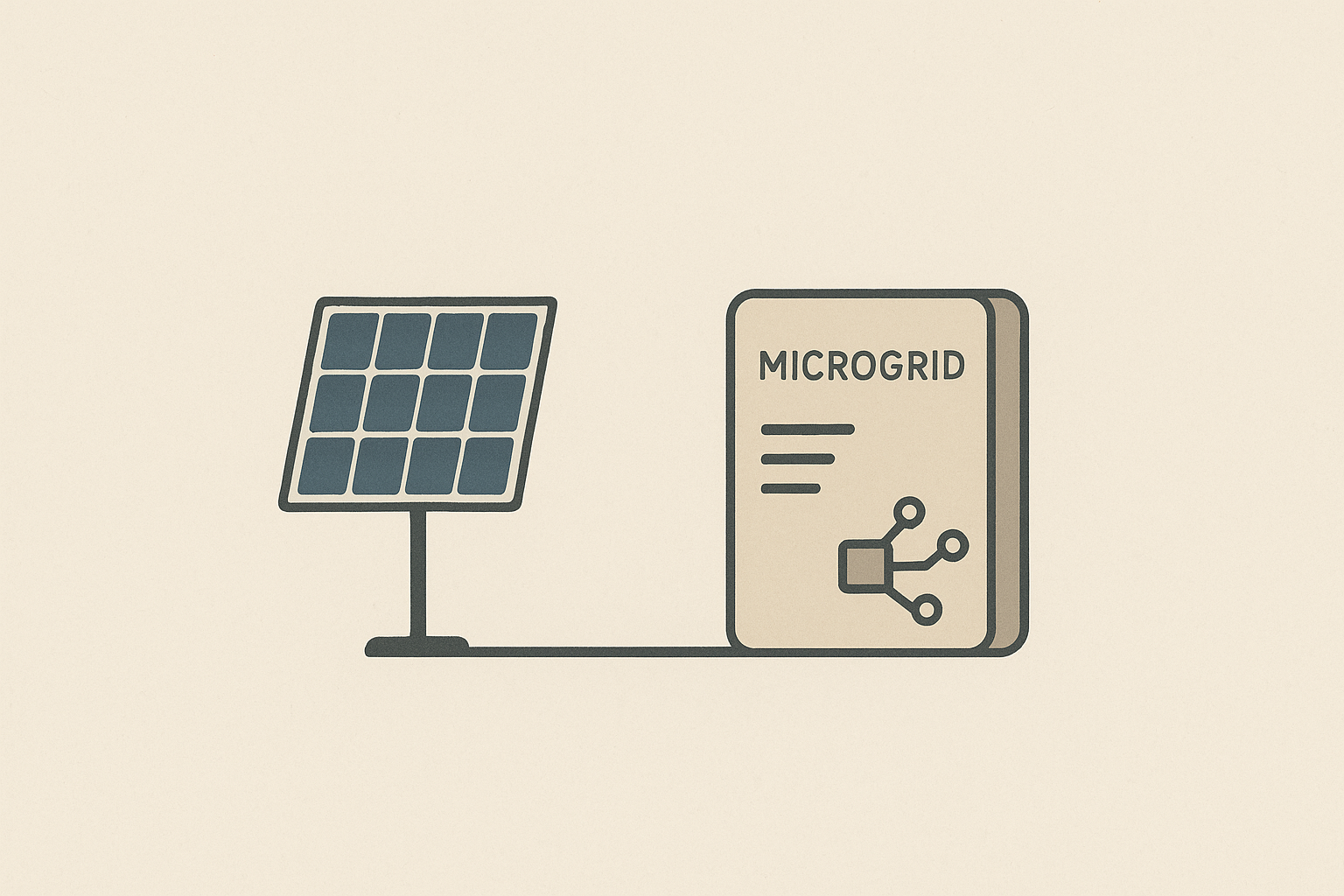Establishing Resilient SaaS Infrastructures: Evergreen Frameworks for Scalability and Sustainability
Master foundational strategies to create SaaS platforms designed for perpetual scalability and reliability.

Understanding the Evergreen Challenge: SaaS Infrastructure Resilience
In an ever-evolving technology landscape, Software as a Service (SaaS) platforms must remain robust, scalable, and sustainable to thrive long term. Technical debt, infrastructure brittleness, and patchy scalability often limit growth and adaptation. Addressing these foundational issues with evergreen frameworks ensures SaaS solutions remain viable and performant through shifting market demands and technological advancements.
Solution 1: Modular Microservices with Domain-Driven Design (DDD)
Implementing modular microservices guided by DDD principles provides clear context boundaries and service responsibilities, enabling scalable and maintainable SaaS architectures.
Step-by-Step Implementation
- Identify Bounded Contexts: Analyse the domain to segment business capabilities into clear bounded contexts.
- Define Microservices: Map each bounded context to an independent microservice ensuring loose coupling.
- Data Management: Assign dedicated data storage per service to reduce contention and increase fault isolation.
- API Contracts and Communication: Use versioned REST or gRPC APIs and event-driven asynchronous messaging patterns.
- CI/CD Automation: Establish pipelines for independent deployment enabling rapid iteration and rollback.
// Example: Defining a bounded context service interface in Java with Spring Boot
@RestController
@RequestMapping("/orders")
public class OrderService {
@PostMapping
public ResponseEntity<Order> createOrder(@RequestBody OrderDto orderDto) {
// Validate, process, and save order within Order Context
Order order = orderProcessingService.process(orderDto);
return ResponseEntity.ok(order);
}
}Solution 2: Infrastructure as Code (IaC) with Immutable Deployments
Leveraging Infrastructure as Code combined with immutable deployment techniques promotes predictable, consistent environments and facilitates rapid scaling and rollback—core to SaaS sustainability.
Step-by-Step Implementation
- IaC Tool Selection: Choose tools such as Terraform or AWS CloudFormation for declarative infrastructure definitions.
- Define Infrastructure Resources: Codify all components including servers, networking, databases, and storage.
- Immutable Images: Create machine images (e.g., AMIs with Packer) embedding application dependencies for deployments.
- Deployment Pipelines: Automate image creation, testing, and deployment pipelines ensuring no manual drift.
- Blue/Green or Canary Deployments: Apply deployment strategies that mitigate downtime and enable fast rollback.
# Terraform snippet for AWS EC2 instance with immutable AMI
resource "aws_instance" "app" {
ami = var.app_ami
instance_type = "t3.medium"
subnet_id = var.subnet_id
tags = {
Name = "saas-app-instance"
}
}Engagement and Insight
Did You Know? SaaS companies that invest 30% more in infrastructure automation typically achieve 2x higher deployment frequency and resilience over 5 years.
Pro Tip: Build autonomous microservices with well-defined APIs and independent data stores to avoid bottlenecks and simplify scaling.Q&A: How do immutable deployments reduce configuration drift? By deploying a new machine image for every release, the environment remains consistent, eliminating subtle manual changes that cause unpredictable failures.
Evening Actionables
- Map your SaaS application domain into bounded contexts using domain interviews and event storming techniques.
- Develop microservice templates with versioned API contracts and CI/CD workflows using tools like Jenkins or GitHub Actions.
- Codify your infrastructure with Terraform or CloudFormation; automate build of immutable images with Packer.
- Implement blue/green or canary deployment patterns to enhance deployment reliability and quick rollback.
- Review Sustainable Software Architecture: Designing Long-Lasting Digital Products for the Future for foundational design strategies promoting long-term system health.





Comments ()